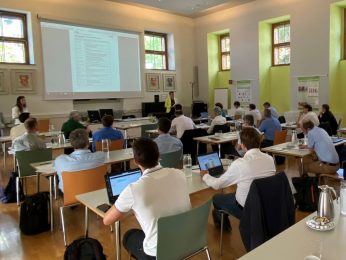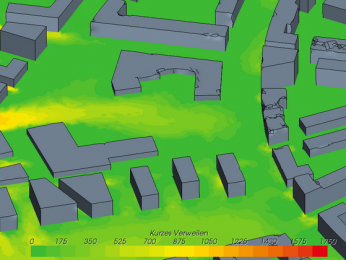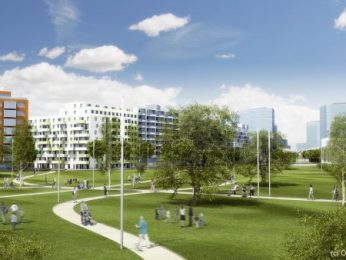All climates are not the same. Urban development, a lack of vegetation, harmful emissions and waste heat mean that the climate in towns and cities is often quite different to that in the countryside surrounding it. In specific terms such variations frequently result in lower air humidity, different wind speeds and above all in higher average temperatures. Due to climate change, mean temperatures are hotting up in more than one sense of the word.
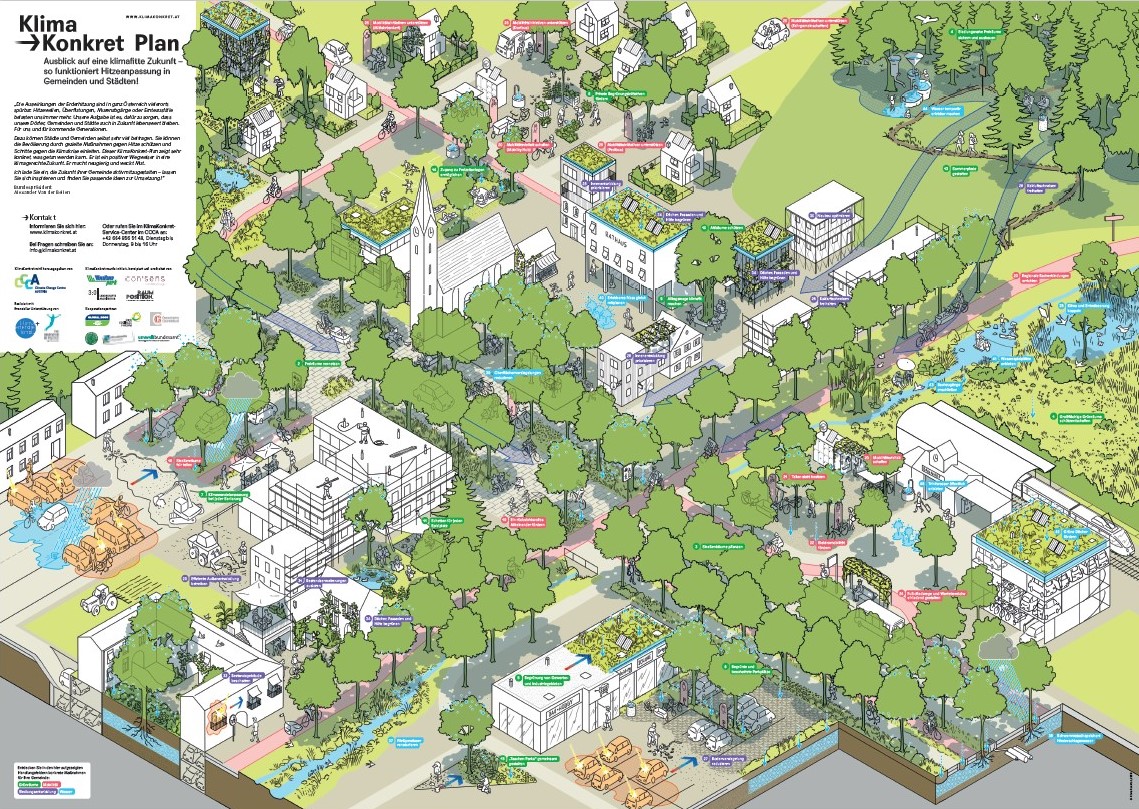
Weatherpark plays an active role in a non-profit-initiative: “KlimaKonkret”. The aim here is to raise even greater awareness among Austria’s urban population regarding the need to adapt to climate change and to then support this when implementing measures geared to adaptation. As its first large-scale campaign the initiative has sent out thousands of plans drawn up by KlimaKonkret. Using the example of a prototypical Austrian town, they show how it is possible to adapt to the climate while additionally protecting the environment.
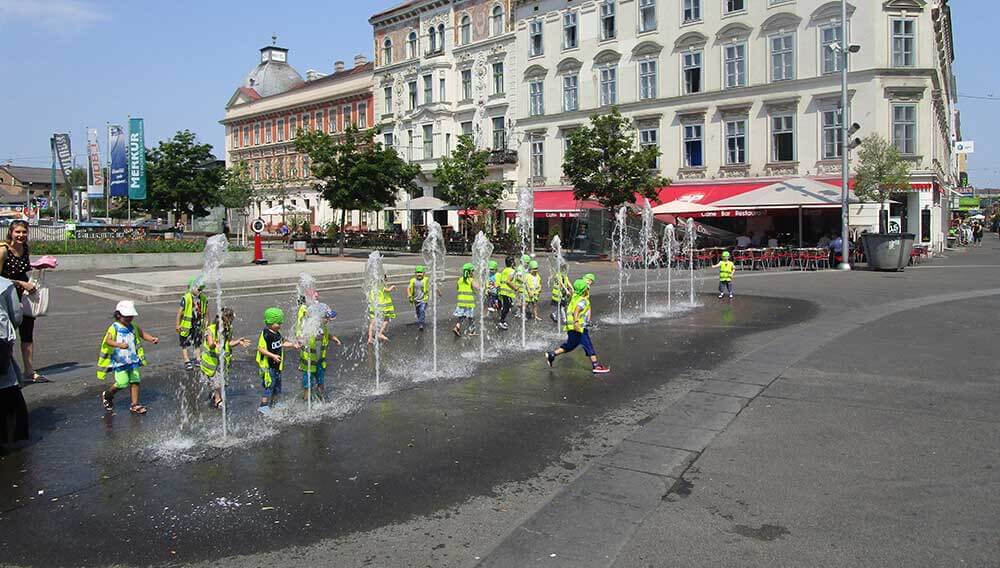
We can help you with planning and implementation! Weatherpark specialises in improving or maintaining the quality of life in your town or city. However, the issue here long ago went beyond merely ensuring an agreeable outdoor climate – it is above all a question of human health. The increasing frequency of heat waves is causing serious diseases and undeniable levels of excess mortality. A consequence of this is an expectation of social unrest among disadvantaged sections of the population who have little opportunity to escape such heat.
But let’s stop thinking negative thoughts! The good thing here is that you can do something about it. It’s in your power. We will accompany you through the entire transformation process: from strategic consulting to staff training. We will analyse your town or city from meteorological aspects, devise a new planning procedure with you and take charge of coordination between departments. You can commission us with individual steps or entrust us with the entire process:
Baseline study
We determine and document the current status of your town in climate terms in a structured manner: What documents exist? What expertise is available? How are responsibilities allocated? Following a comprehensive analysis we can draw up recommendations for further action if wished.
Urban climate analysis / Climate function map
We analyse the thermal, dynamic and air quality aspects and their interactions. We then display the results in a clear and understandable map.
Planning advice map
The planning advice map contains specific recommendations for action, e.g. how to increase levels of vegetation, reduce soil sealing or emissions, create air induction corridors, etc.

See below for some of the specific projects we have implemented:
- execution of a baseline study
- performance of urban climate analysis
- consulting on the preservation of fresh air corridors / cold air streams
- involvement in the development of a town planning policy
- recommendations for a master plan for a new town district and individual building lots
- consulting on urban planning for a land use plan
- exploratory study on the microclimatic suitability of building options
- development of meteorological-climatological guidelines
Many towns and cities have two main objectives:
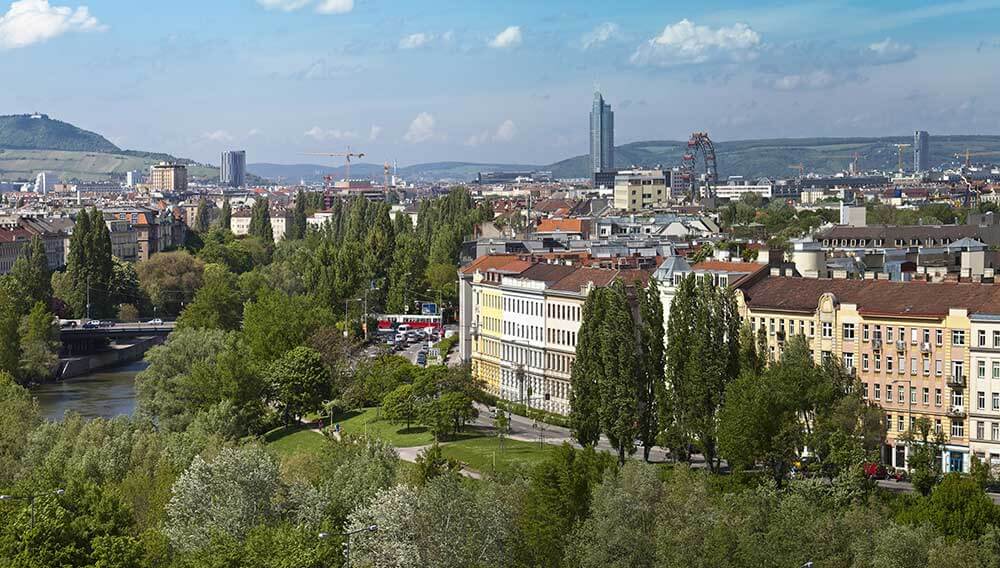
1. To preserve fresh air corridors
In most cases fresh air means cool air. This is why it is so important to make sure that the fresh air corridors in a town or city do not become obstructed – i.e. not to put obstacles in their way with excessively sized and/or “incorrectly” built structures. As is so often the case, it’s the details that count. We can’t simply say, “A building over 20 metres high is blocking out fresh air”. This depends on its precise position and orientation to the wind. And sometimes it doesn’t even have to be a building. A large sealed area can also cause the cool air in a fresh air corridor to heat up slightly, so producing higher temperatures in the city centre.
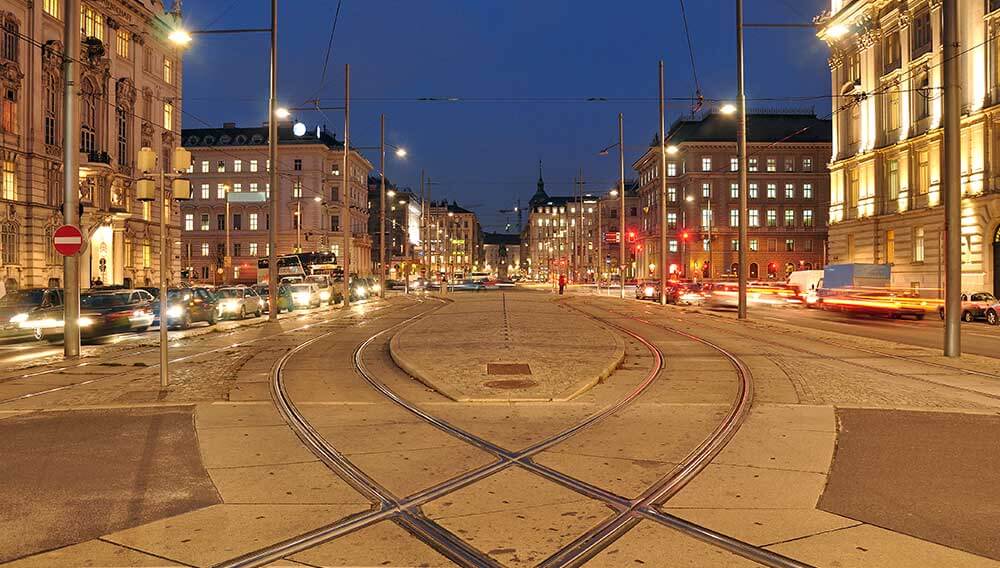
2. To avoid reservoirs of heat
A so-called urban heat island (UHI) means that there is a noticeable difference in temperature from one area to another. This can involve part of a town, a street or a square. Urban heat islands are generally the result of a high soil sealing level in conjunction with little vegetation and “incorrect” surfaces. An area with many tall buildings, few trees and little wind can become an UHI during a heat wave. The problem here is often that such areas no longer cool down sufficiently at night, with the buildings and ground radiating heat during these hours. This means that many people then get a poor night’s sleep, so possibly leading to issues with their health.
Facts and figures on the climate crisis
The climate crisis already began circa 1890, with low levels of heat being measured with the start of industrialisation. 100 years later temperature levels in Austria had left the range previously seen in those measurements. Average temperatures are rising noticeably, breaking numerous records. The warmest year to date was 2018: at 8.6 °C it was 1.7 °C higher than the average registered over many years. And with a mean temperature of 8.5 °C, 2019 was the third warmest year throughout the country.
There are major differences within Austria. Heat levels in summer often increase strongly, above all in the cities. The 2003 record of 41 so-called tropical nights was beaten by Vienna in 2019 (previous data source: ZAMG, Austria’s centre for meteorology and geodynamics). Heat has meanwhile become our greatest natural hazard. 198 people died from heat in 2019 (source: AGES, Austrian agency for health and food safety).
“There are also large differences in temperature within cities. This is clearly demonstrated by the results of measurements taken in the city centre and at the Hohe Warte weather station. Both are in Vienna, but the temperatures in the inner city are significantly higher than those measured on the outskirts of the town,” comments Simon Tschannett (Mag.), Managing Director at Weatherpark.
